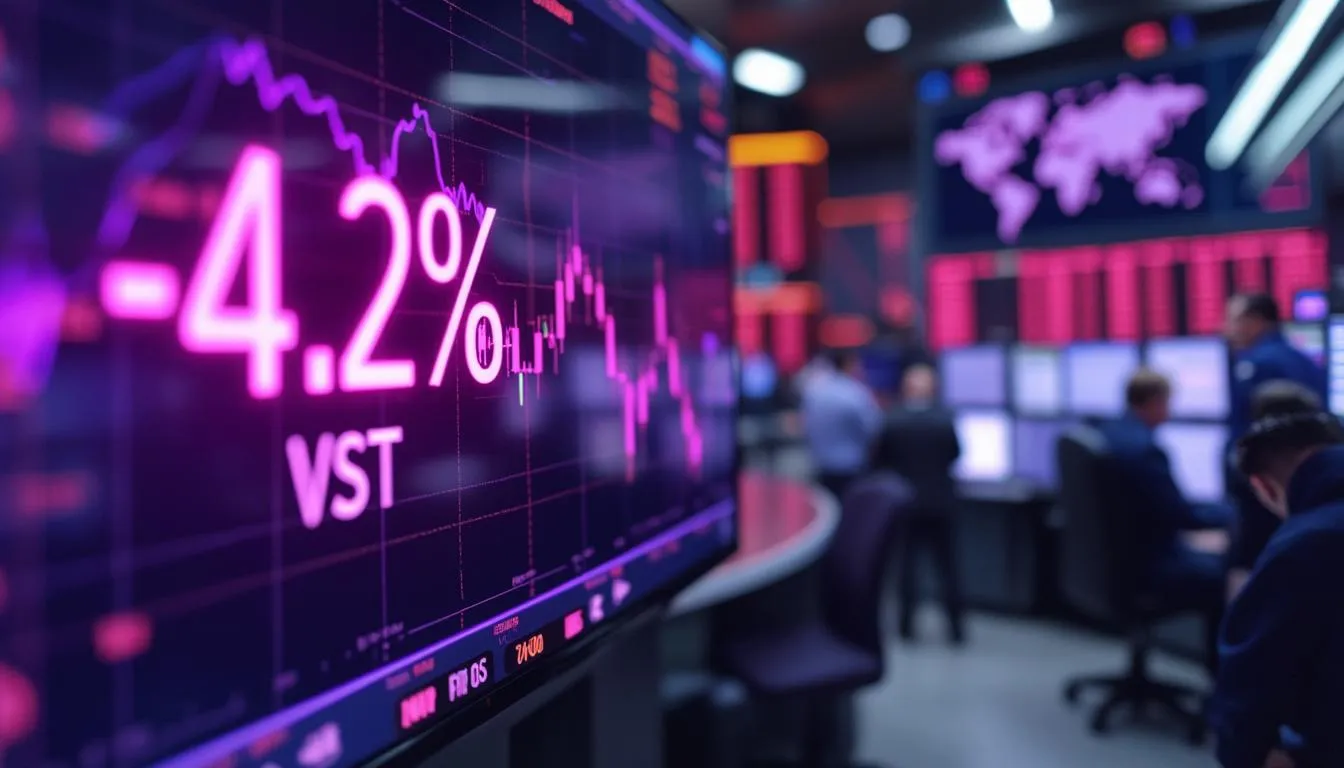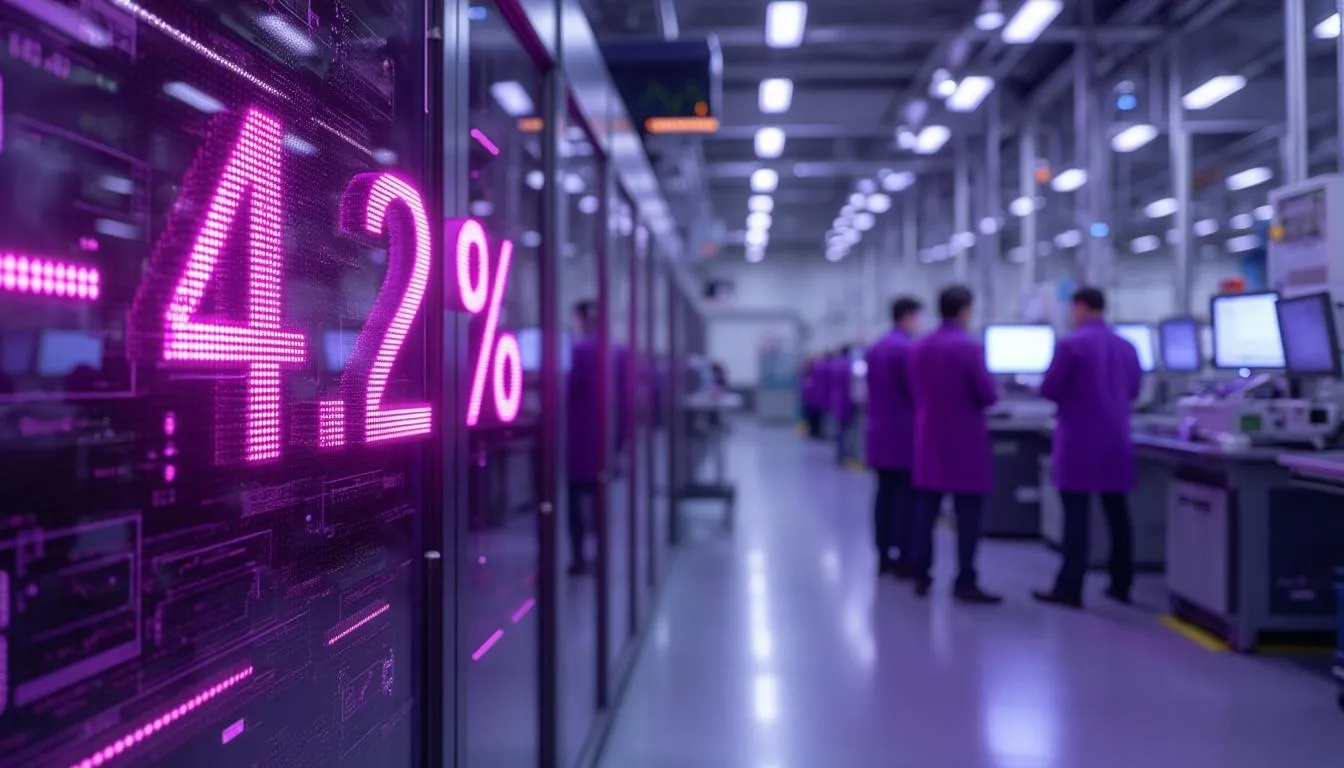Analyst Moves Signal Shift in Sentiment for a Key DevOps Player
GitLab Inc. (GTLB) is a leading name in the DevOps software sector, offering an integrated platform that empowers developers to collaborate, automate, and secure code from planning to production. Its SaaS model and AI-powered features have attracted a loyal, growing enterprise customer base. However, today’s rating change from CapitalOne—downgrading GitLab from Overweight to Equal Weight with a $46 target—demands close attention from investors seeking to parse opportunity from risk in the volatile software landscape. Analyst upgrades and downgrades, especially from established institutions, can dramatically impact sentiment and short-term price action, making it vital to understand the context behind such moves.
Key Takeaways:
Potential Upside: The new price target of $46 suggests a modest 7.4% upside from the current price of $42.83.
Stock Price Volatility: GitLab is down 17% year-to-date and has struggled to regain momentum since its peak of $74.18 in early 2025.
Recent News Flow: The company’s AI initiatives and inclusion in top software growth lists have bolstered its long-term narrative, but have not offset near-term price declines.
Downgrade Context: CapitalOne’s move reflects a more cautious stance, echoing broader concerns about valuation and growth re-acceleration in the SaaS sector.
The Weight of a CapitalOne Downgrade
Analyst Firm Context and Rationale
CapitalOne, a major player in equity research with significant influence in the fintech and technology verticals, brings weight to any rating change it issues. The shift from Overweight to Equal Weight is notable for its signal: while CapitalOne still sees value in GitLab’s business model, it urges caution on near-term upside. The $46 target price, set only marginally above the current trading range, implies tempered expectations for significant outperformance in the coming quarters. This is particularly meaningful given CapitalOne’s track record of sector-specific calls and its ability to move institutional sentiment.
Why does this matter? A downgrade from a large, sector-savvy analyst firm often prompts both institutional and retail investors to reassess risk, especially when the sector is in flux and the stock has underperformed broader indices.
Performance Under the Microscope
Stock Price and Technicals
Current Price: $42.83 (as of July 16, 2025)
52-Week Range: $37.90 – $74.18
Recent Trend: The stock has seen 122 up days and 125 down days in the last year, with a sentiment ratio slightly below parity (0.49).
Technical Picture: The 20-day EMA sits at $44.36, with a recent RSI of 51—suggesting a neutral momentum posture. The price is currently below both its 20-day SMA ($43.89) and EMA, reflecting consolidation after a sharp correction.
Financial and Operating Strength
While full quarterly financials are not provided here, recent news and analyst commentary highlight:
Revenue Growth: Continues to trend positively, driven by enterprise adoption and AI-powered modules.
Profitability: Expansion efforts and R&D investment have weighed on margins, with the company prioritizing growth over near-term profit.
SaaS Model: Recurring revenues provide resilience, but the market is increasingly scrutinizing path-to-profitability for high-growth software names.
Valuation and Upside Potential
With CapitalOne’s $46 target, GitLab offers a 7.4% potential upside from current levels—a far cry from the 50%+ upside many software bulls seek. This target tempers enthusiasm and suggests that, while the floor may be in, the ceiling is now more visible barring a material catalyst.
What Does 7.4% Upside Mean for Investors?
Risk-Reward Recalibration: For growth investors, a single-digit upside is a clear signal to reassess position sizing or look for stronger risk-adjusted returns elsewhere in the software cohort.
Sector Rotation: As AI hype cools and investors seek proven profitability, capital may continue to rotate out of unprofitable growth—putting further pressure on names like GitLab.
Recent News: AI, Growth, and Rebound Hopes
Several recent headlines frame the current debate:
Zacks (July 10): Highlights GitLab’s 17% YTD decline but notes “rising revenue, AI expansion, and strong partnerships hint at a longer-term upside.”
Motley Fool (July 6): Lists GitLab among “great growth stocks to buy that are down 20% or more,” framing the selloff as potentially overdone for patient investors.
Motley Fool (July 5): Names GitLab as a “top AI software stock to buy right now,” emphasizing its AI-driven development suite as a competitive differentiator.
Taken together, these articles reinforce that while the near-term outlook is muted, the company’s AI initiatives and enterprise traction remain a source of optionality if growth re-accelerates.
“GTLB is down 17% YTD, but rising revenue, AI expansion, and strong partnerships hint at a longer-term upside.”
— Zacks Investment Research, July 10, 2025
Parsing the Downgrade in Context
Sentiment, Momentum, and What’s Next
The technicals and analyst sentiment suggest a stock in transition. With average daily volatility at 2.3% and volumes trending lower, liquidity is ample but momentum is muted. The recent RSI (51) and price clustering around support levels point to indecision.
Key Risks Moving Forward:
Execution Risk: Can GitLab sustain revenue momentum without further margin erosion?
Valuation Compression: Will multiples contract further if SaaS sector sentiment remains challenged?
AI Optionality: Will AI-native features unlock new growth, or are they already priced in?
Opportunities:
M&A Potential: Consolidation in SaaS could position GitLab as a strategic target if multiples become attractive.
Reacceleration: A surprise beat—either on topline or profitability—could reignite interest and force analysts to revisit targets.
Bottom Line
CapitalOne’s downgrade marks a pivotal moment for GitLab and its investors. While the company’s long-term vision and AI story remain compelling, the near-term risk/reward profile is now more balanced than bullish. Investors should watch for further analyst commentary and quarterly results as key inflection points. For those willing to ride out volatility, the 7.4% upside is modest, but the longer-term AI-driven narrative remains intact—albeit on a slower track than the recent past.

.svg)
.svg)
.svg)
.svg)

.svg)

.svg)
















